16 Bizarre Foods from Around the World That Locals Love
Around the world, food is more than just sustenance—it’s a reflection of culture, history, and tradition. While some dishes might seem unusual to outsiders, they hold deep significance for the locals who cherish them. From fermented delicacies to critters that crawl, these bizarre foods offer a unique glimpse into the culinary practices of different regions. For many, these foods are a source of pride, representing centuries-old recipes passed down through generations. Despite their unconventional nature, these dishes are beloved for their taste, texture, and the memories they carry.
This post may contain affiliate links, which helps keep this content free. Please read our disclosure for more info.
Balut (Philippines)

Balut is a famous street food in the Philippines. It consists of a fertilized duck egg that has been boiled and served with a pinch of salt and pepper. The egg is typically enjoyed by locals, especially during late-night food trips. Many believe it offers various health benefits, including improving stamina. The texture of the duck embryo can be surprising to the uninitiated. Balut has a unique flavor that is a mix of savory and slightly sweet. Though it may seem unusual, it is considered a delicacy by many in the country.
The way Balut is served adds to its experience. It is typically eaten while still warm, making it a comfort food for many Filipinos. Vendors often add vinegar, chili, or sometimes garlic, giving it a tangy kick. Balut remains an iconic part of Filipino culture, offering an adventurous taste for locals and curious travelers alike. The dish is often enjoyed with a cold beer, making it a favorite snack after a long day.
Hákarl (Iceland)
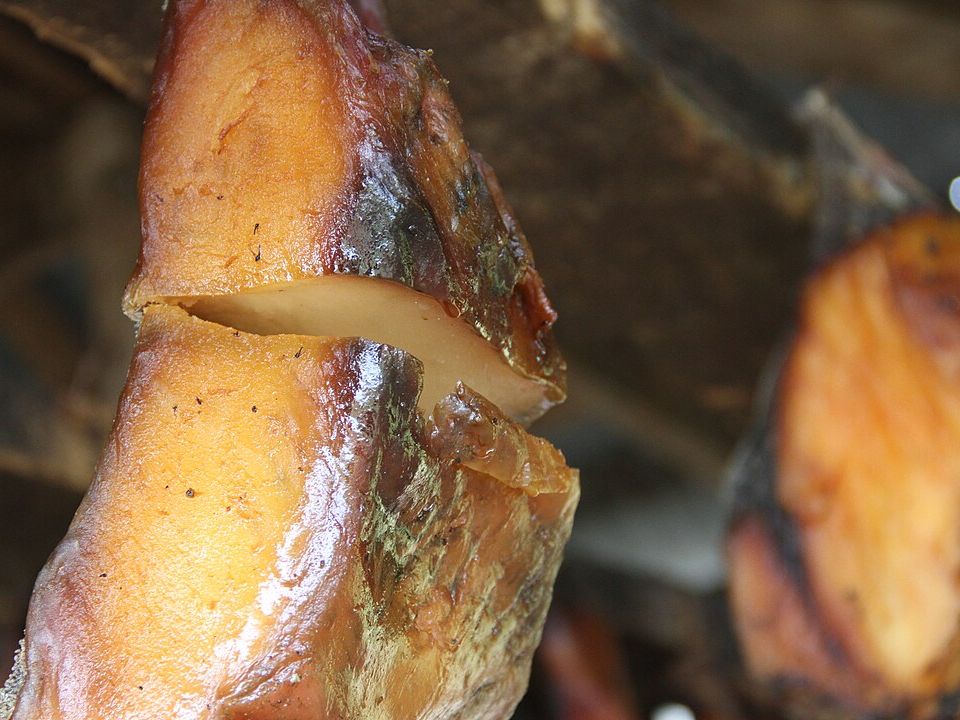
Hákarl is fermented shark, a traditional Icelandic dish. This food is prepared by burying the shark in the ground to ferment for several months before it is hung to dry. The resulting product has a strong ammonia-like smell and a very distinct taste that can be off-putting for some. Despite its pungent aroma, it remains a beloved food in Iceland. Locals consume it during special occasions, often accompanied by a shot of brennivín, a local schnapps.
The texture of Hákarl can be described as chewy and firm, adding to its unique appeal. Many people find it difficult to get past the initial taste, but for those who enjoy it, Hákarl is a symbol of Icelandic tradition and resourcefulness. It was originally created as a preservation method for the shark meat, which would otherwise be toxic to consume. Today, it is celebrated as a piece of Icelandic heritage.
Casu Marzu (Sardinia, Italy)
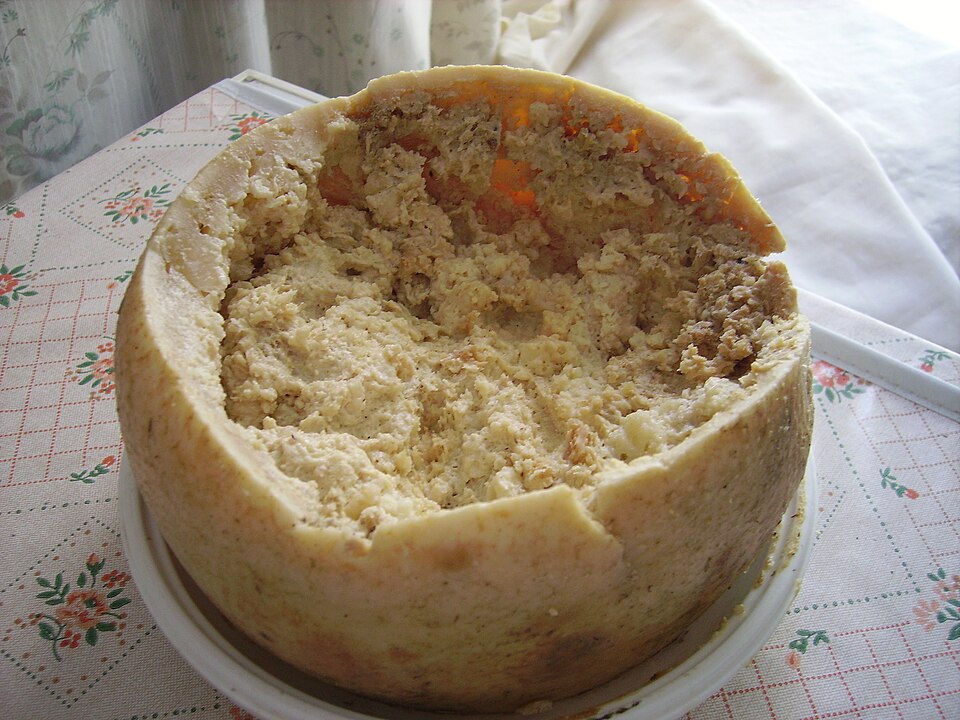
Casu Marzu is a traditional Sardinian cheese that is known for its live insect larvae. The larvae, known as maggots, are intentionally introduced to the cheese during its fermentation process. The maggots help break down the cheese, giving it a soft, spreadable texture. It has a distinct strong flavor, often described as tangy and sharp. Casu Marzu is considered illegal in some places due to health concerns but is still widely enjoyed by locals.
Locals eat Casu Marzu in various ways, including on bread or with other types of food to balance its strong flavor. It is often paired with a glass of local wine or served at festivals and celebrations. This cheese is not for the faint of heart, but for those who enjoy it, it is considered an essential part of Sardinian cuisine. The dish carries with it centuries of tradition and a sense of pride among its native fans.
Escamoles (Mexico)
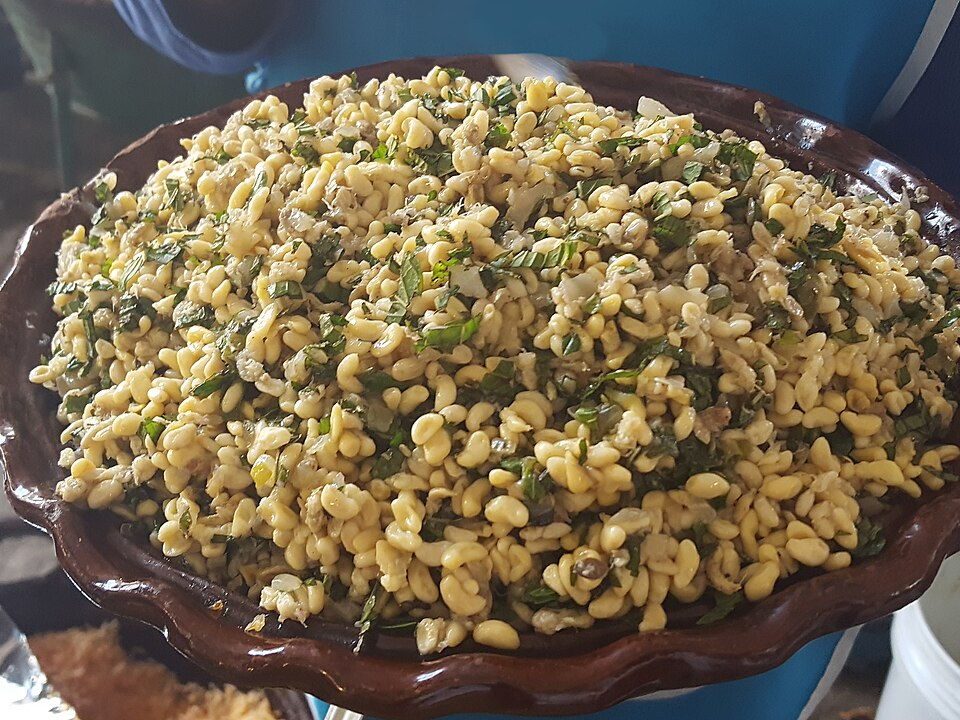
Escamoles are ant larvae that are often called “Mexican caviar.” These larvae are harvested from the roots of agave plants, and they are considered a gourmet delicacy in Mexico. They have a buttery texture and a slightly nutty flavor. Escamoles are typically sautéed with butter, garlic, and spices, making them a savory treat. While the idea of eating ants may sound strange to some, they are packed with protein and considered a high-class dish in certain regions of Mexico.
The larvae are usually served in tacos or as a filling for omelets, adding a unique texture to any dish. Escamoles are often enjoyed during special occasions and festivals in Mexico. Their distinct flavor pairs well with a variety of traditional Mexican dishes, and they are frequently consumed alongside tequila. For locals, escamoles are a cherished part of their culinary culture, offering an exotic twist to their everyday meals.
Sannakji (South Korea)
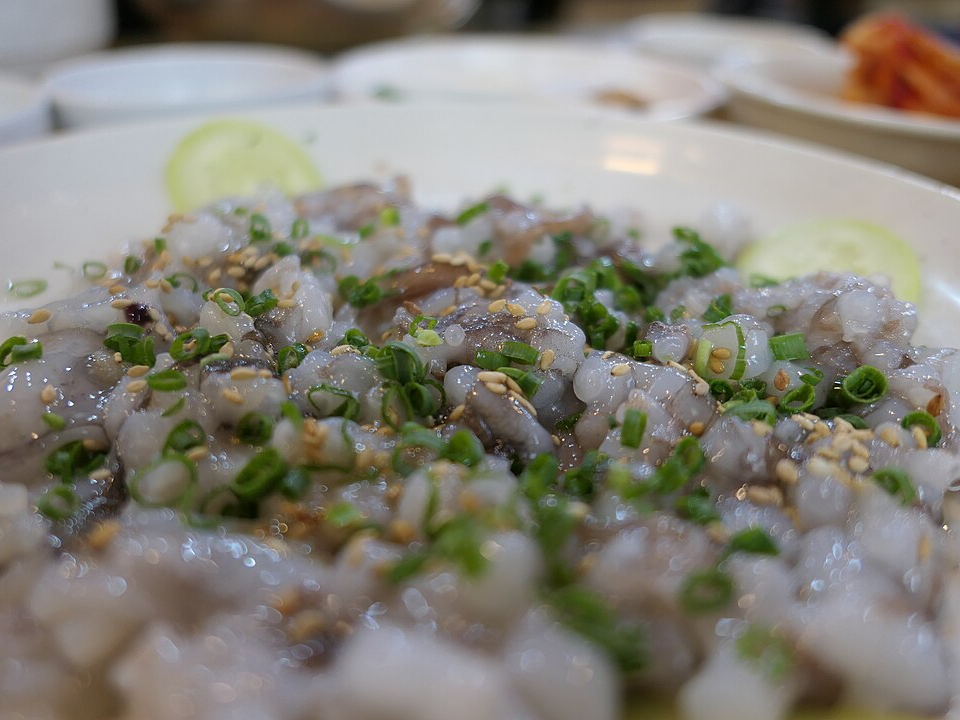
Sannakji is a Korean dish that features live octopus, often served in small pieces with its tentacles still moving. The octopus is lightly seasoned with sesame oil and served immediately after it has been cut. The texture is slippery and chewy, which can be a surprising experience for those trying it for the first time. Many Koreans consider it a delicacy, particularly in seaside areas where fresh seafood is abundant.
Eating Sannakji is an experience that combines the thrill of consuming live food with the flavors of the sea. The tentacles’ movement adds an element of excitement, which is part of its appeal. Locals enjoy it with a shot of soju, a popular Korean alcoholic drink, enhancing the dish’s rich, salty taste. While it may be uncomfortable for some, Sannakji is a must-try for those wanting to experience the more adventurous side of Korean cuisine.
Surströmming (Sweden)
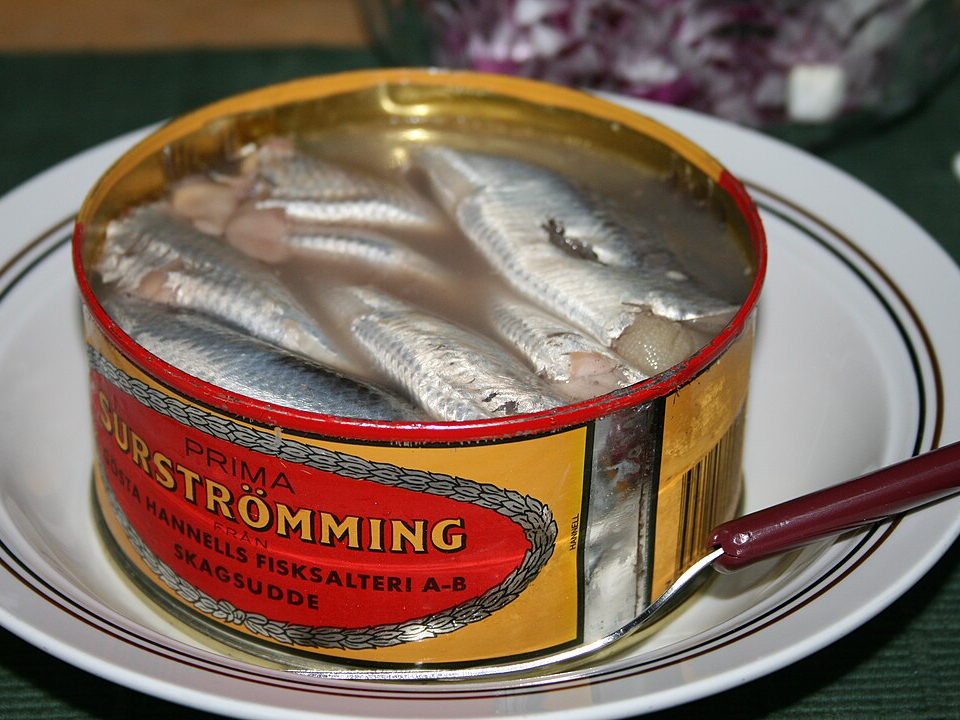
Surströmming is fermented herring, a Swedish dish that is known for its extremely strong and pungent odor. The fish is typically canned and allowed to ferment for months before being consumed. The smell is so intense that it is often described as unbearable, and it is usually eaten outdoors to avoid overwhelming the indoors. Despite its aroma, Surströmming has a loyal following, with many Swedes enjoying it with flatbread, potatoes, and onions.
The dish is traditionally eaten during special occasions, particularly in the summer. Locals enjoy Surströmming with a cold beer, making it a popular dish for gatherings and celebrations. While foreigners may find it difficult to stomach, it holds a place of pride in Swedish food culture. The intense flavor and smell are a part of the charm for those who have acquired a taste for it, and it remains a beloved dish among many.
Fugu (Japan)

Fugu is a type of pufferfish that is infamous for its toxicity. Only licensed chefs are allowed to prepare it, as the fish contains potent toxins that can be deadly if not properly removed. Despite the risks, Fugu is considered a delicacy in Japan, and its delicate taste and texture make it highly sought after. The fish is typically served as sashimi or in a hot pot, and it is enjoyed during special occasions and celebrations.
The preparation of Fugu is a meticulous process, and it requires great skill to ensure that the poisonous parts are removed. For those brave enough to try it, Fugu offers a unique dining experience. The thrill of eating such a dangerous food adds to its appeal, and it has become a symbol of both excitement and tradition in Japanese cuisine. Locals consider Fugu a treat for special occasions, and it is often served in upscale restaurants.
Poutine (Canada)

Poutine is a classic Canadian comfort food that combines French fries, cheese curds, and gravy. Though it may sound simple, the combination of flavors and textures creates a hearty, satisfying dish. The cheese curds used in Poutine are soft and squeaky, and they melt slightly when mixed with the hot gravy. Locals enjoy it as a quick snack or a full meal, particularly in the colder months.
Originally from Quebec, Poutine has spread across Canada and is now enjoyed in various forms. Some versions of the dish include additional toppings such as pulled pork, bacon, or mushrooms. Poutine has become a beloved part of Canadian culture, and it is often served at diners, food trucks, and even upscale restaurants. For many, it is a nostalgic reminder of home, and it is frequently consumed with a cold beer.
Tarantula (Cambodia)
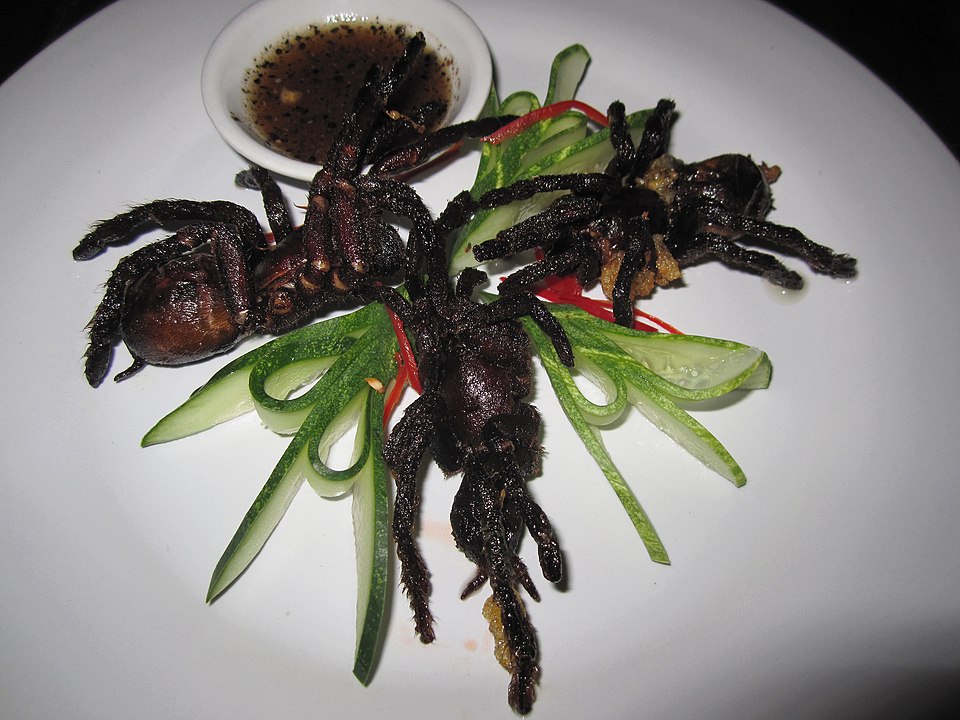
Tarantula is a deep-fried delicacy found in Cambodia. The spiders are typically seasoned with garlic and salt before being fried until crispy. The meat inside is soft, while the legs remain crunchy, offering a contrast in texture. Despite their intimidating appearance, tarantulas are considered a tasty snack by locals. They are rich in protein and have a flavor similar to that of crab or chicken.
The dish became popular in Cambodia during the Khmer Rouge era, when food was scarce, and people turned to unconventional sources for sustenance. Today, tarantulas are enjoyed as a snack or appetizer, often paired with a cold drink. While it may seem bizarre to foreigners, it is a common street food in parts of Cambodia, where they are readily available from roadside vendors. Tarantulas are not just a novelty; they are an important part of Cambodian culinary culture.
Mopane Worms (Southern Africa)
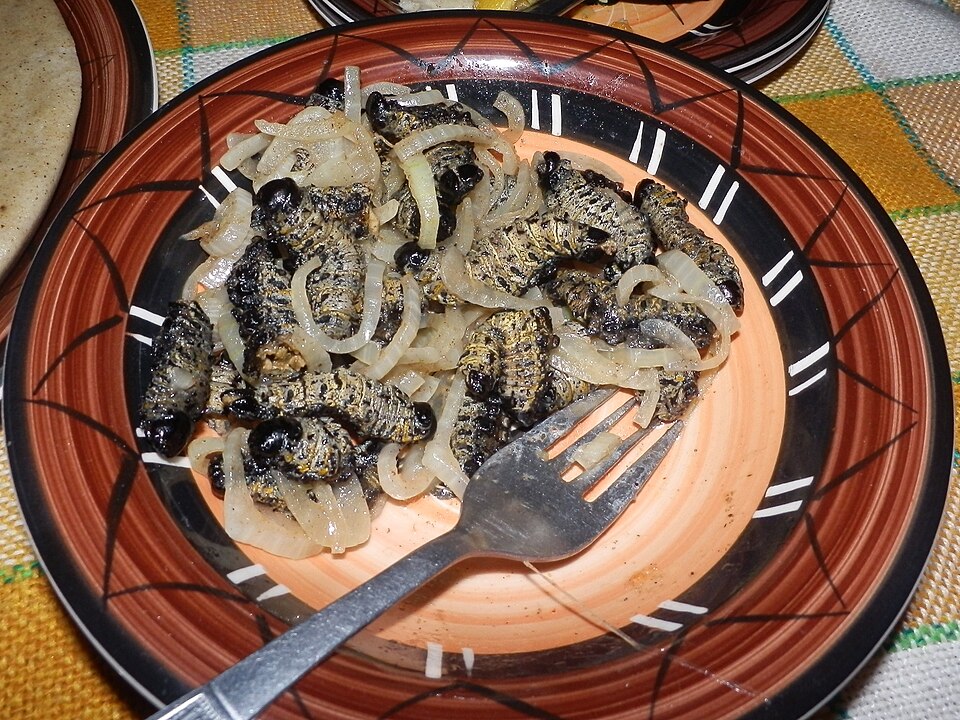
Mopane worms are the larvae of the mopane moth and are a popular snack in several countries in Southern Africa. The worms are harvested from the mopane tree, dried, and often cooked with spices. They have a chewy texture and a slightly earthy, smoky flavor, making them a unique addition to meals. In some areas, they are eaten as a protein-rich snack or served with pap (maize porridge) as part of a traditional dish.
While they may seem odd to those unfamiliar with them, Mopane worms are a valuable food source in the region. They are rich in protein, iron, and other essential nutrients, which makes them especially important in areas with limited access to other sources of protein. Locals in countries like Zimbabwe, South Africa, and Botswana often consume them during festive gatherings or as an everyday food staple. Their high nutritional value and availability make them an important part of the African diet.
Black Pudding (United Kingdom & Ireland)

Black pudding is a type of blood sausage that is commonly enjoyed in the United Kingdom and Ireland. It is made by mixing pig’s blood with grains like oats or barley, along with a blend of spices. The mixture is then cooked and encased in a sausage casing, often sliced and fried before serving. Black pudding is a hearty breakfast item, frequently seen as part of a full English or Irish breakfast.
Though the thought of eating blood may be unsettling for some, it has been a staple of British and Irish cuisine for centuries. It has a rich, savory flavor that pairs well with the other elements of a traditional breakfast, such as eggs, bacon, and toast. Locals often enjoy it with a dollop of ketchup or brown sauce for added flavor. Black pudding remains a beloved comfort food for many in these regions, even if its unusual ingredients may surprise outsiders.
Fried Guinea Pig (Peru)
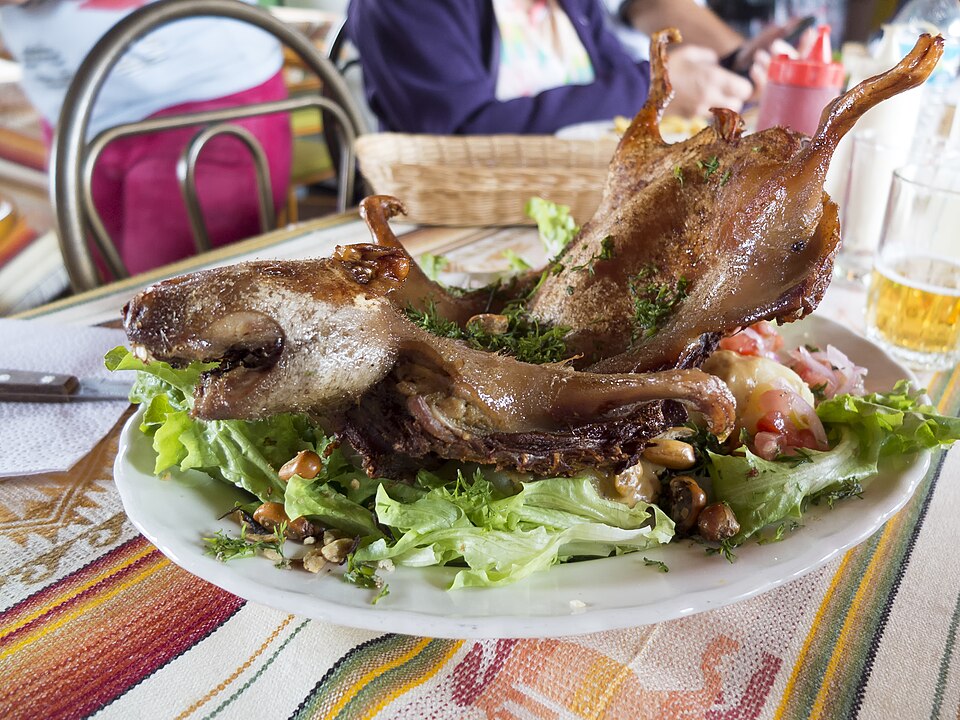
Though guinea pig is seen as a normal part of Peruvian cuisine, it can be startling to those who are unfamiliar with the dish. It is typically served whole, and diners eat it with their hands, picking off the meat from the bones. In rural areas, guinea pig is raised for its meat, and it is considered an important source of protein. Despite the initial shock, guinea pig remains a popular and cherished dish for many in Peru.
Kimchi (South Korea)
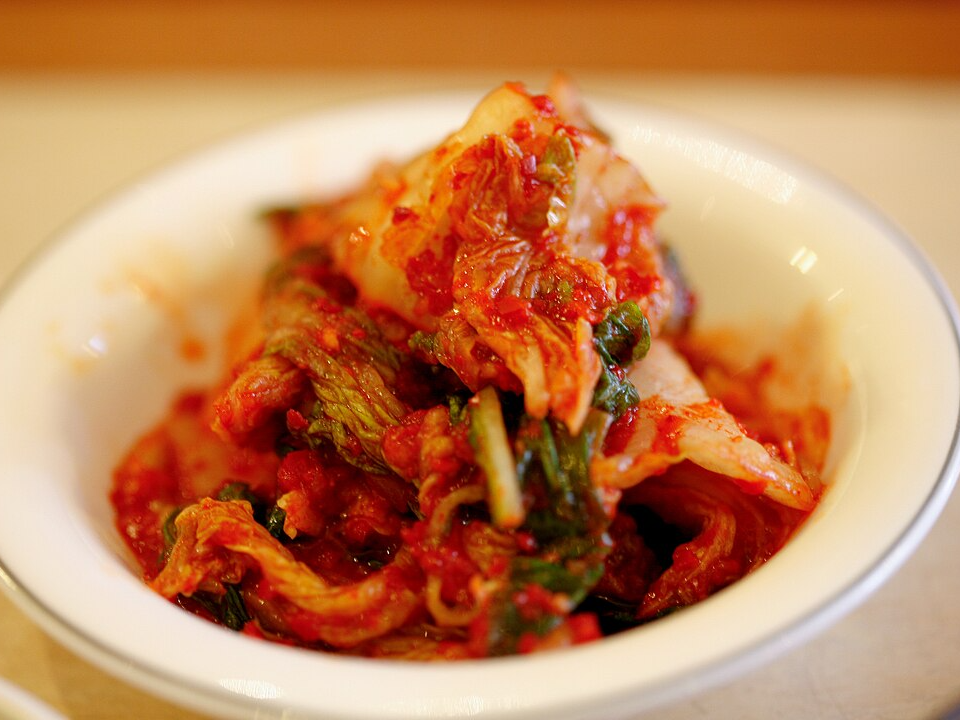
Kimchi is a fermented vegetable dish that is a staple in Korean cuisine. It is traditionally made from napa cabbage and radishes, which are salted and mixed with garlic, ginger, chili peppers, and fish sauce before being fermented. The fermentation process gives kimchi its distinct tangy flavor, with a mild heat from the chili peppers. Kimchi is often served as a side dish, but it can also be incorporated into stews, pancakes, or fried rice.
Kimchi is an essential part of every Korean meal, often served with rice and other traditional dishes. It is highly valued for its health benefits, including its probiotic properties, which aid digestion. Locals consume kimchi in various forms, whether as a fresh side dish or in cooked dishes. Kimchi is deeply ingrained in Korean culture and is a symbol of both the nation’s culinary heritage and its emphasis on fermentation techniques.
Witchetty Grub (Australia)
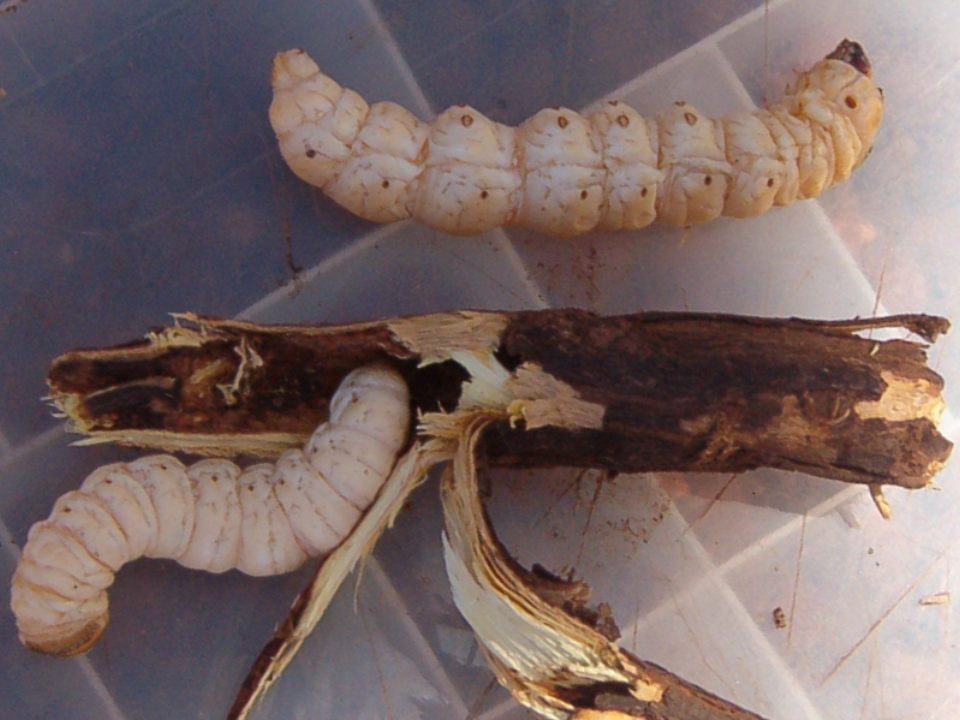
The witchetty grub is a large, white, edible larvae that is a traditional food for the Indigenous peoples of Australia. The grubs are typically found in the roots of certain Australian trees, such as the acacia or the witchetty bush. They can be eaten raw, but are often roasted or fried to enhance their flavor. The taste of the grub is often described as a mix of almond and egg, with a creamy texture.
While it may seem odd to many, witchetty grubs are a highly nutritious food source, packed with protein and essential fats. They were historically consumed by Indigenous Australians as a vital part of their diet, especially in the arid regions where other food sources were scarce. Today, witchetty grubs are occasionally served at bush tucker festivals or as a novelty food for adventurous eaters. Despite their unusual appearance, they remain a significant part of Australia’s food culture.
Century Eggs (China)
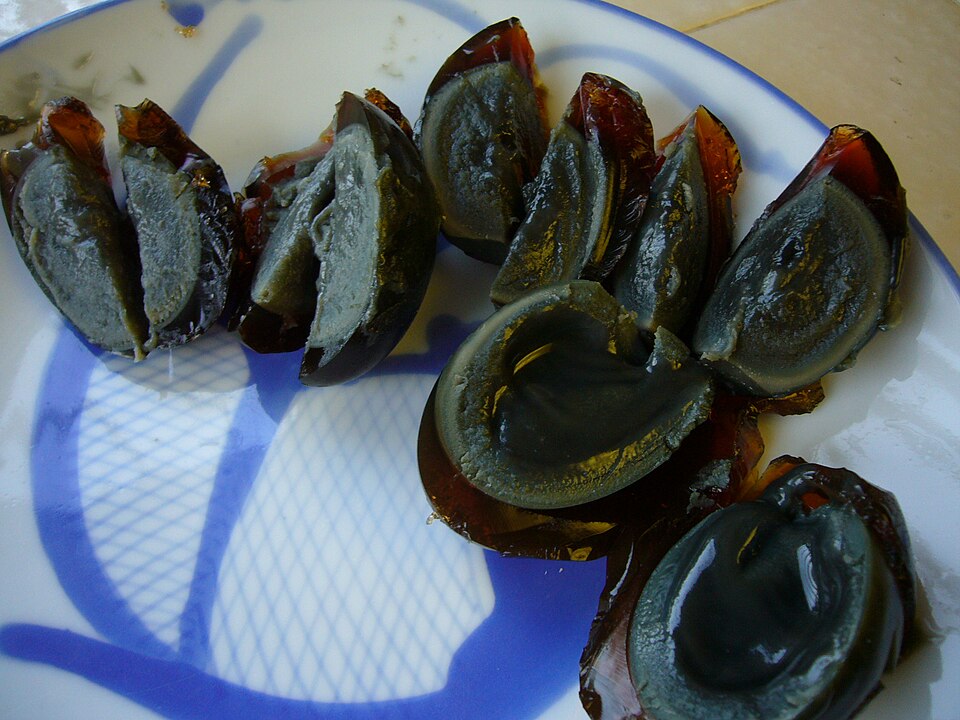
Century eggs, also known as hundred-year eggs, are a traditional Chinese delicacy. They are eggs, usually duck or chicken, that have been preserved in a mixture of clay, ash, and quicklime for several weeks or months. The preservation process turns the egg white into a dark jelly-like consistency, while the yolk becomes dark green or black. The taste is unique, with a pungent flavor that is acquired over time.
Locals typically enjoy century eggs as part of a larger dish, such as congee (rice porridge) or with tofu. They are also sometimes served with pickled ginger to help balance the strong flavor. Though the concept of a century-old egg may seem odd to outsiders, it is a highly prized ingredient in Chinese cuisine. For many, century eggs are a nostalgic reminder of traditional food preservation methods and the rich culinary history of China.
Salo (Ukraine)
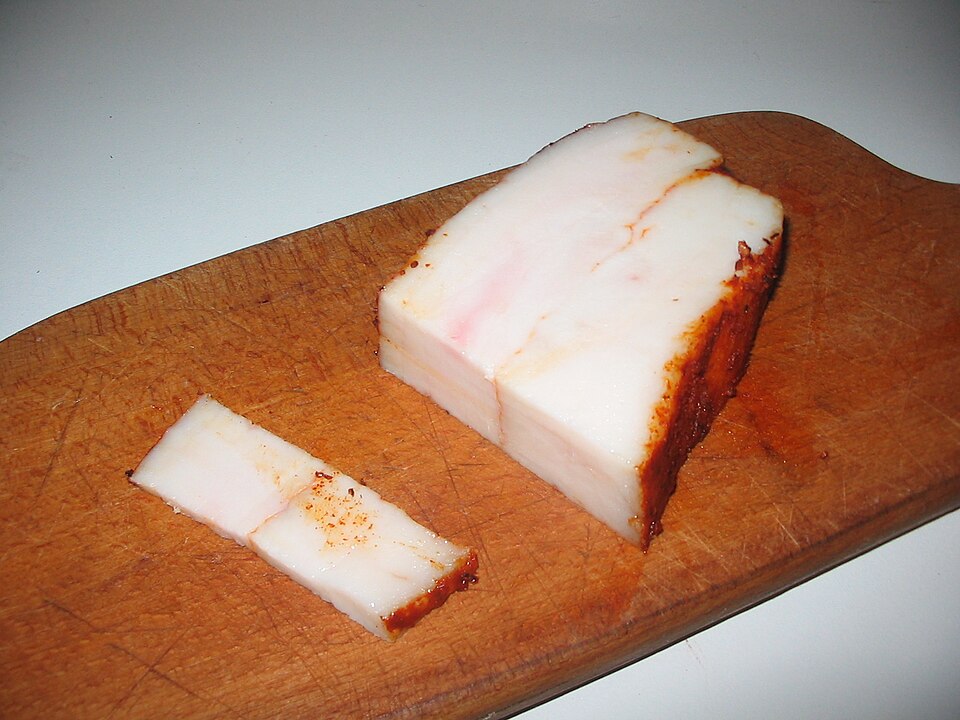
Salo is a traditional Ukrainian dish made from cured or raw pork fat. It is often eaten as a snack, sliced thinly and served with rye bread, garlic, or pickles. Salo has a rich, fatty texture and a salty flavor that pairs perfectly with a cold shot of vodka. Despite its high-fat content, it remains a beloved part of Ukrainian cuisine and is frequently consumed during holidays and celebrations.
Locals enjoy salo in various forms, including fried or smoked. It is also often used to garnish stews or accompany other hearty dishes. Though it may be considered an indulgence, salo holds significant cultural value in Ukraine. It has been a staple in the country’s food culture for centuries and is often associated with warmth, hospitality, and sharing meals with family and friends.
This article originally appeared on Avocadu.
